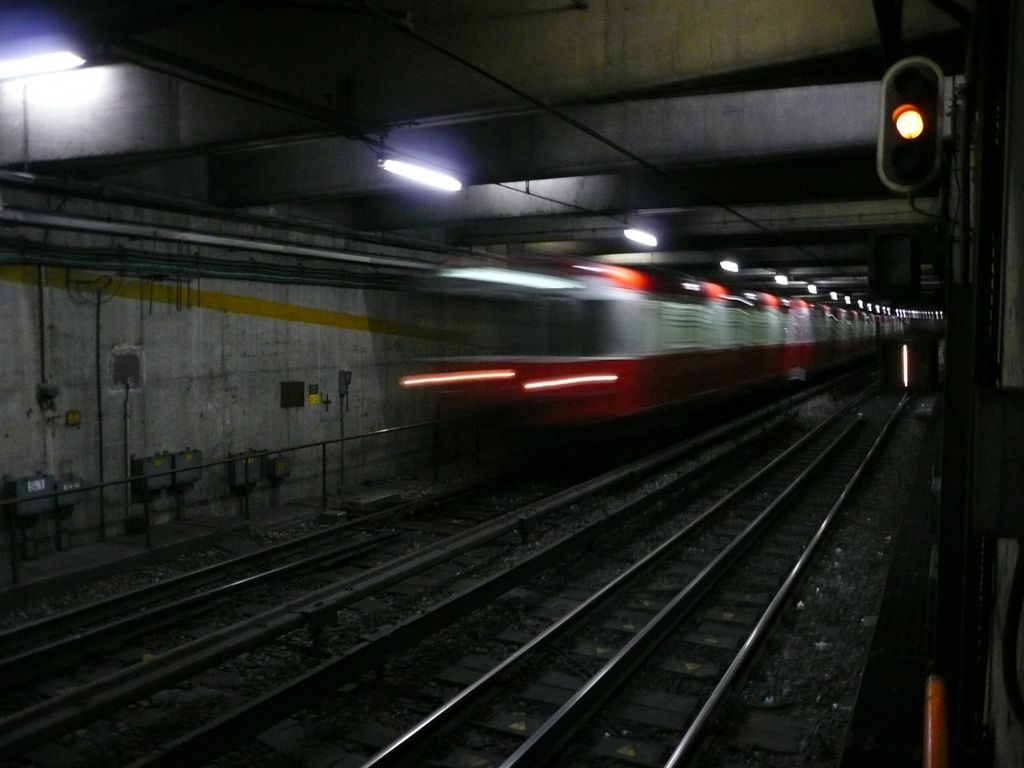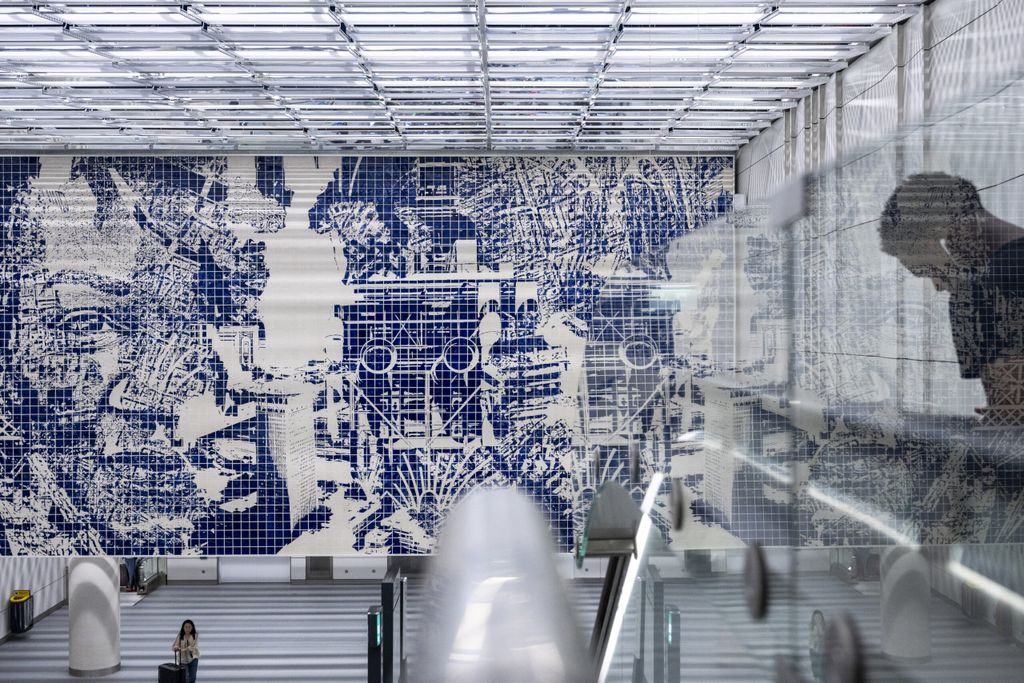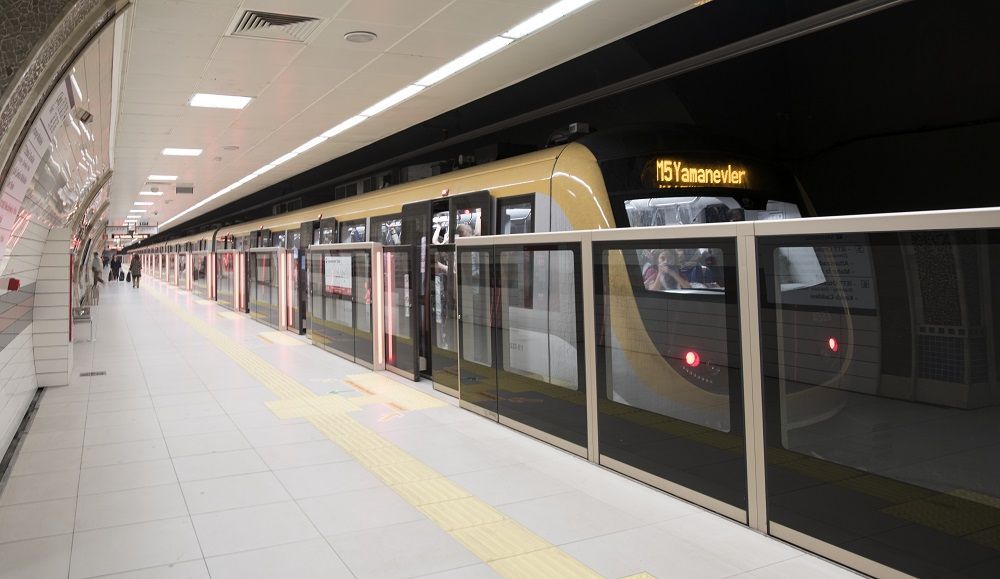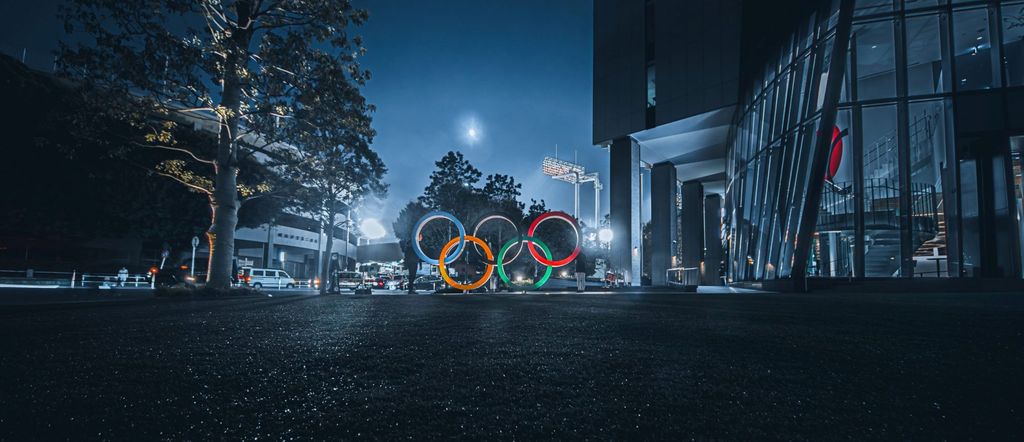
How the 2020 Olympics mobilise Tokyo
Since the past two week, athletes from across the globe have been competing and continue to compete for the gold in 33 sports at 339 events across 42 venues at the Tokyo Olympics. And even though the stands will stay mostly empty because of the COVID-19 pandemic, we wanted to take this opportunity to delve deeper into Tokyo’s urban mobility landscape.
Public Transport in Toyko
With almost 14 million inhabitants, Tokyo is the largest city and the capital of Japan. It is also the country’s biggest hub of rail and ground transportation. Tokyo is known for its network of technologically advanced and eco-friendly trains and subways run by a number of operators as well as buses and trams which also play an important role in the city’s transport networks.
- 41% of journeys
on weekdays in Tokyo were made by rail in 2015. Bicycle or bus made up another 16%, adding up to over half the journeys in the city!
- Extensive urban rail
Greater Tokyo is dominated by up to 62 electric train lines and more than 900 train stations.
- Metro usage
Tokyo Metro operates 9 lines of subways and a total of 6.84 million people use Tokyo Metro every day.
Taking Public Transport in Tokyo to the next level for the Olympics
The 2020 Olympic Games in Tokyo were postponed to 2021 due to the COVID-19 pandemic. Even though the Olympics are now held with no audience, the event still provided an opportunity for infrastructure development. From autonomous transportation for athletes, to improvements in the Tokyo metro, Tokyo made sure to offer the best possible conditions for athletes and staff moving around the city.
In preparing for the Olympics, UITP member, The East Japan Railway company – JR East, one of the official sponsors of the Olympics, aimed to:
- ‘Provide safe and reliable railway infrastructure that is barrier free’
- ‘Provide information to facilitate usage and provide comfortable passenger rail transportation services’
To fulfil these goals, JR East expanded ticket gates, invested in large open spaces and barrier free facilities at stations near competition venues. Even though COVID-19 led to the number of passengers during the Olympics not nearing the scale Tokyo anticipated, these developments still contribute to a smooth and inclusive rail service in the future.
Tokyo Metro, another sponsor of the event and UITP member, took on the role of the “Navigator of Tokyo” and has been providing smooth passenger rail transportation services as a “Vital link in Tokyo’s transportation network”. The operator put an emphasis on safety and security by adapting multi-lingual notifications and setting up additional security cameras at stations.
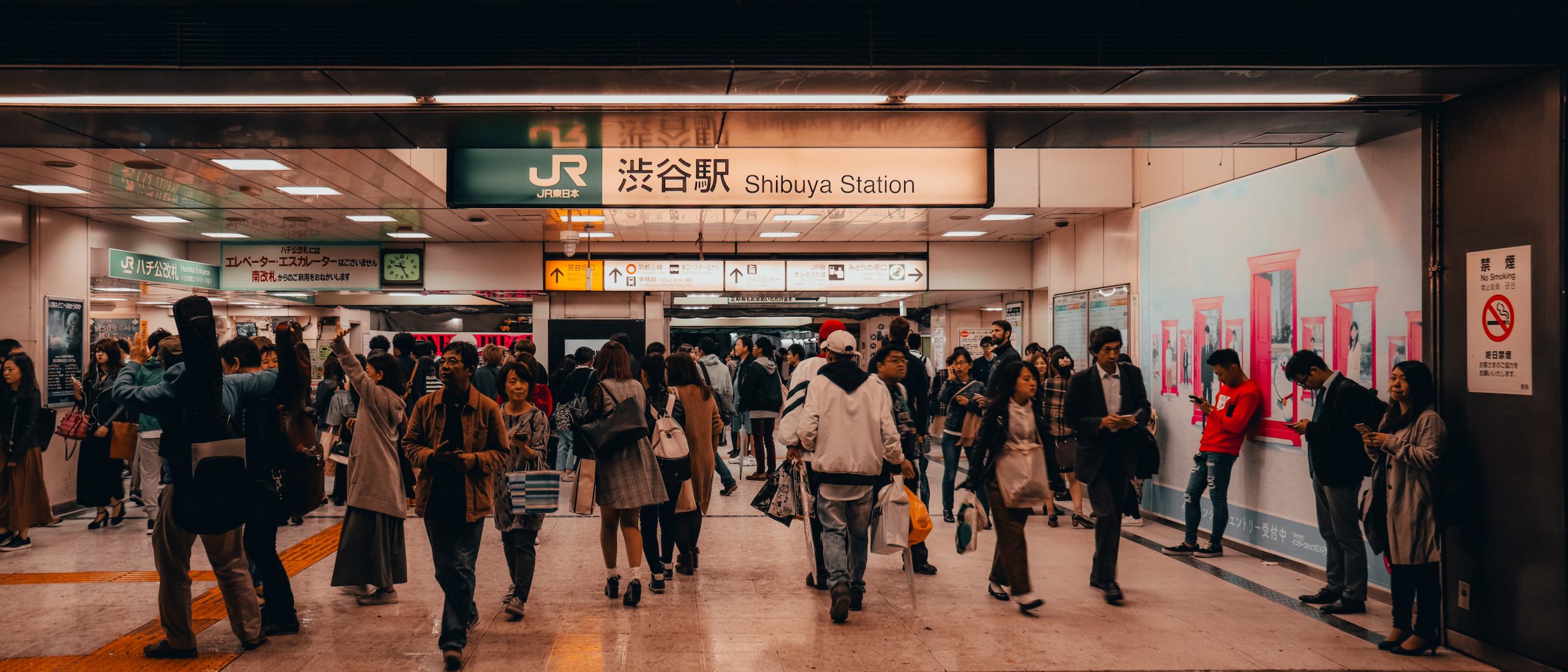
Developments for the Paralympics
Next to the Olympics, Tokyo also hosts the Paralympics, in which Athletes with disabilities compete against each other. For the event, the city invested heavily in an inclusive and accessible mobility service.
Tokyo Metro, for example, worked to diminish the gaps between station platforms and trains to make level access possible for wheelchair users. Furthermore, the transport provider installed large, accessible toilets at several stations. The signage in metro stations was also updated with pictograms and multilingual information to make it easier for everyone to find their way.
JR East identified the Paralympics as ‘an opportunity to notice the potential that resides within humans’ and an ‘opportunity to realise a society where everyone can demonstrate their abilities and participate’. The Paralympics provided the train operator the opportunity to better learn and understand the needs of usersm, re-think transportation systems and strive for inclusivity and accessibility of the highest standard.
Tokyo MaaS Demonstration Project
The public transport in Tokyo had already seen rapid development before the Olympic Games and continues on its path to a high-tech and sustainable urban mobility landscape.
One of the projects, which piloted in 2021 in the Yamazaki residential area in Machida city (Tokyo) explores MaaS services that go beyond the boundaries of individual companies. This project will consist of an on-demand transport service which users will be able to book through a MaaS app.
The objective of the project is to ‘assess the effect on decreasing the road traffic jams by improving the convenience of public transportation, and to rely on local facilities to promote such service’. Partners in this project include JR East and Odakyu, another railway company, as well as bus system and on-demand transport operators.
The MaaS projects will show how different stakeholders can work together to improve the usability and user-centeredness of mobility in Tokyo.
#KeepitRail in Tokyo
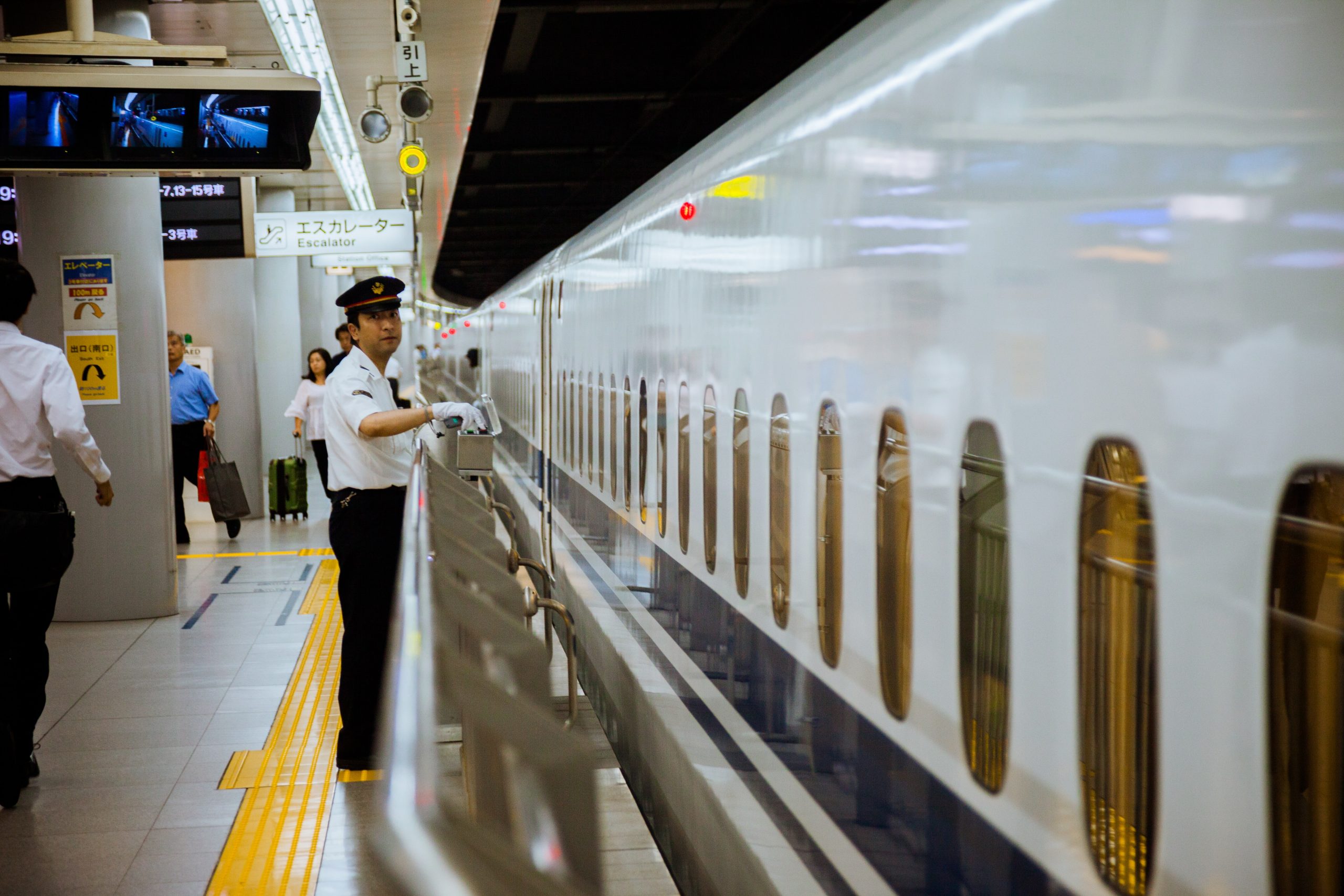
Urban and suburban rail are the most popular and widely used transportation methods in Tokyo. In Japan’s capital you can find some of the most developed rail systems in the world carrying millions of passengers daily. Apart from integrating and developing MaaS systems, rail companies work on IT and technical innovations within their operations. JR East has been working on seamless ticketing apps, robot navigation using AI, autonomous mobile security and cleaning services and overall, a more environmentally-friendly mobility service.
As a part of their support in the fight against global warming, the company is working on a number of rail stations to equip them with a variety environmental conservation technologies like energy-saving upgrades and renewable energy. One of the stations serving as an example of this model is the new Takanawa Gateway Station opened in 2020. It is fully equipped with up-to-date futuristic technology including wheelchair robots, security and cleaning robots and digital signage machines which can respond to voice requests for information.
JR East also promotes diversity and inclusivity in the workspace, encouraging more women to take higher positions (see our PT4ME campaign page for more Women in Leadership content!).
To learn more about rail initiatives around the world go to our #KeepitRail campaign page!





